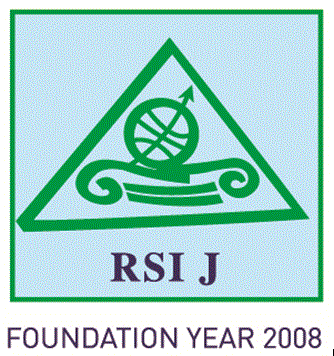George J. XANTHOS
Hellenic Mediterranean University, Crete, Greece
xanthosg@hmu.gr
ORCID ID: 0009-0004-7250-3296
Evangelos N. DULUFAKIS
Hellenic Mediterranean University, Crete, Greece
ddk167@edu.hmu.gr
ORCID ID: 0009-0009-9258-5379
(corresponding)
Abstract
In this article, we review the different methodological approaches of measuring regional economic resilience conducting a literature review. Methodological approaches to measure resilience range from the use of descriptive, interpretative, or simple regression models to sophisticated statically econometric models.
Given these premises, the present research, provides insights of the regional and spatial economics in relation to resilience measurement and estimation methods and enriches the knowledge of the measurement methodological context and applications from diversified literature sources. Our research focuses on economically derived disturbances or shocks, such as recessions, and the resistance capacity or ability of a regional economy to respond to these shocks. The core results of this article are summed up in one main inference, that the methodological context for measuring regional economic resilience is undefined and basically empirically developed using either resilience indices or statistically based econometric models to assess the resilience of a region.
Keywords: regional economic resilience, conceptual approach, measurement context, economic disturbance, literature review
JEL classification: R11 Regional Economic Activity: Growth, Development, Environmental Issues, and Changes
pp. 47-59
